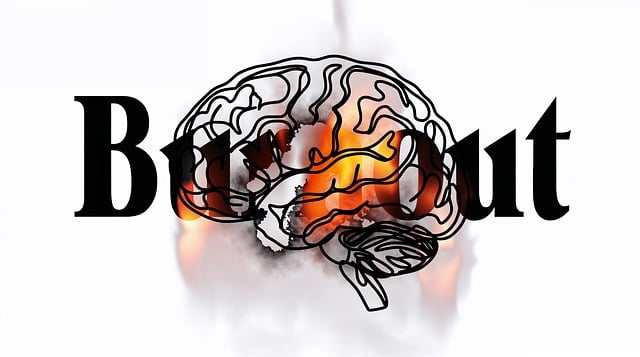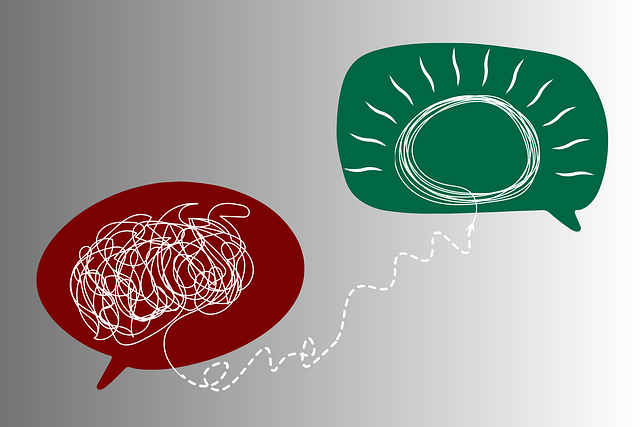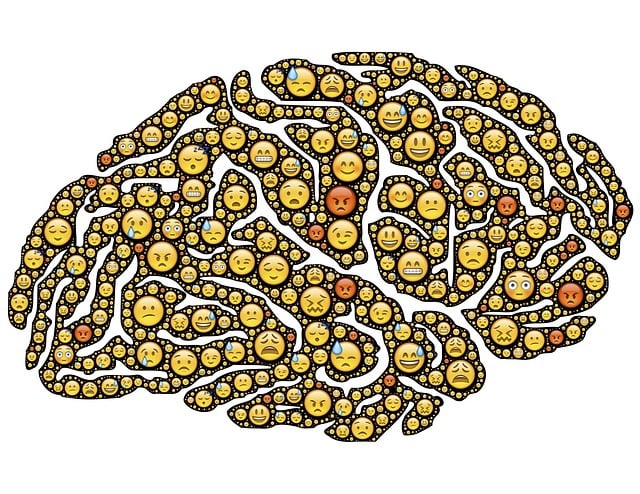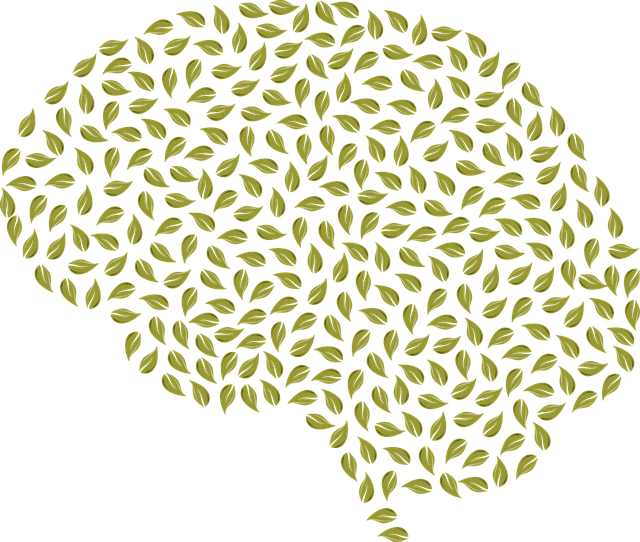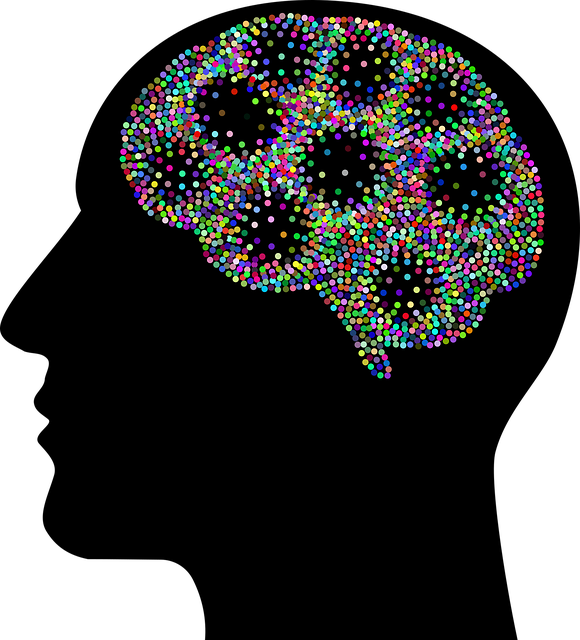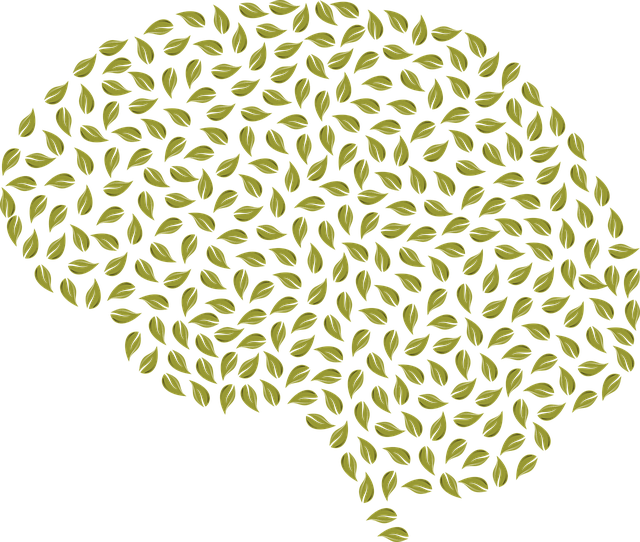Greenwood Village Phobias Therapy employs robust evaluation methods that include both quantitative (surveys, data analysis) and qualitative (interviews, case studies) approaches to measure its impact. This holistic, culturally sensitive strategy ensures personalized support for diverse mental health needs, enhancing effectiveness. By tracking behavioral changes, coping strategy improvements, and reducing anxiety levels through tailored interventions like Mindfulness Meditation, the program promotes overall mental wellness. Data-driven insights allow continuous refinement of Greenwood Village Phobias Therapy, keeping it a vital resource for addressing specific phobias and anxiety disorders.
Mental wellness programs are essential components of modern healthcare, but evaluating their effectiveness can be complex. This article explores various evaluation methods, from quantitative metrics to qualitative insights, offering a comprehensive guide to measuring treatment success. We delve into the unique role of Greenwood Village Phobias Therapy as a case study, demonstrating innovative assessment strategies. By combining quantitative data and qualitative feedback, mental health professionals can enhance program design and improve patient outcomes. Discover practical approaches to integrate these evaluation methods for continuous improvement in mental wellness interventions.
- Understanding Mental Wellness Programs and Their Evaluation
- The Role of Greenwood Village Phobias Therapy in Program Assessment
- Quantitative Methods for Evaluating Mental Health Interventions
- Qualitative Approaches to Measure Treatment Effectiveness
- Integrating Feedback and Data for Continuous Improvement
Understanding Mental Wellness Programs and Their Evaluation

Mental wellness programs are designed to support individuals in managing and improving their mental health. These programs can range from individual therapy sessions to group support meetings, stress management workshops, and even community-based initiatives focusing on fostering a sense of belonging. Evaluation methods play a pivotal role in understanding the effectiveness and impact of these programs. By assessing key metrics such as participant satisfaction, behavioral changes, and improved coping strategies, mental health professionals can gauge the success of interventions tailored to address specific concerns, like Greenwood Village phobias therapy.
Effective evaluation involves considering cultural sensitivity in mental healthcare practice, ensuring that assessment tools are inclusive and adaptable to diverse backgrounds. This holistic approach not only respects individual differences but also promotes the development of self-care routines for better mental health. It allows for a comprehensive understanding of what works best for whom, enabling professionals to refine programs and tailor support to meet the unique needs of each person engaging in these initiatives.
The Role of Greenwood Village Phobias Therapy in Program Assessment

Greenwood Village Phobias Therapy plays a pivotal role in evaluating mental wellness programs by offering a specialized approach to addressing specific phobias and anxiety disorders. This therapy method is designed to help individuals confront and overcome their fears, which is a crucial aspect of overall mental health improvement. Through tailored interventions, it enhances participants’ ability to manage and reduce symptoms associated with phobias, thereby fostering resilience building.
The process involves integrating various techniques, including Mindfulness Meditation, to enhance self-awareness and emotional regulation. By promoting Mental Health Awareness, Greenwood Village Phobias Therapy facilitates a deeper understanding of one’s thoughts and behaviors, enabling individuals to develop effective coping strategies. This holistic assessment method ensures that the program’s effectiveness is measured not just in terms of reducing phobias but also in enhancing overall mental wellness and resilience.
Quantitative Methods for Evaluating Mental Health Interventions

Evaluating mental health interventions through quantitative methods offers a structured and data-driven approach to understanding their effectiveness. Techniques such as surveys, questionnaires, and statistical analyses allow researchers to measure changes in symptoms, attitudes, and behaviors before and after treatment. For instance, at Greenwood Village Phobias Therapy, they employ these methods to track reductions in anxiety levels and improvements in quality of life among clients. By collecting quantitative data, therapists can identify trends, assess the impact of specific interventions, and make informed adjustments to their treatment strategies.
Conflict Resolution Techniques and Self-Esteem Improvement are often incorporated into mental wellness programs and can be quantitatively assessed. Researchers might use scales measuring conflict resolution skills or self-esteem ratings to gauge progress over time. This data helps in optimizing program design and ensures that the interventions align with desired outcomes, ultimately enhancing the overall effectiveness of mental health services provided in a community like Greenwood Village.
Qualitative Approaches to Measure Treatment Effectiveness

When evaluating the effectiveness of mental wellness programs, particularly those focusing on phobias like Greenwood Village Phobias Therapy, qualitative approaches offer valuable insights that quantitative methods alone may miss. These methods allow for a deeper understanding of participants’ experiences, perceptions, and emotional responses to treatment. Techniques such as interviews, focus groups, and case studies enable therapists and researchers to capture nuanced details about how the program impacts individuals’ lives. For instance, a mental wellness podcast series production might involve discussing feelings of empowerment or reduced anxiety levels, providing rich qualitative data that reinforces or challenges initial quantitative findings.
Qualitative assessments are instrumental in identifying areas for improvement and tailoring treatments to individual needs. They can reveal underlying themes and patterns related to confidence boosting or burnout prevention, offering a more comprehensive view of participants’ progress. By incorporating these approaches, mental wellness programs can better serve their clients, ensuring that treatment strategies remain relevant and effective in addressing diverse psychological challenges.
Integrating Feedback and Data for Continuous Improvement

Integrating feedback from participants and data analysis is a cornerstone for any effective mental wellness program, especially in Greenwood Village Phobias Therapy. This holistic approach ensures continuous improvement by identifying areas that require attention and strengthening those that are working well. By collecting and analyzing participant feedback alongside quantitative data, therapists can gain valuable insights into the program’s impact on individual lives.
This strategy allows for a nuanced understanding of each client’s journey, enabling personalized adjustments to treatment plans. For instance, if many participants share similar challenges with mood management, therapists can tailor sessions or introduce new techniques focused on this aspect. Similarly, data from various sources, such as pre-post assessments and observational notes, can inform the development of innovative programs, like enhancing social skills training, to better address emerging needs within the community.
Evaluating mental wellness programs is a multifaceted process, as highlighted by the diverse approaches discussed. From quantitative surveys to qualitative interviews, each method offers unique insights into treatment effectiveness. Integrating feedback from both sources is key to enhancing and optimizing programs like Greenwood Village Phobias Therapy, ensuring continuous improvement based on real-world data. By employing these evaluation techniques, we can better understand what works, identify areas for improvement, and ultimately provide more impactful support for mental health initiatives.
